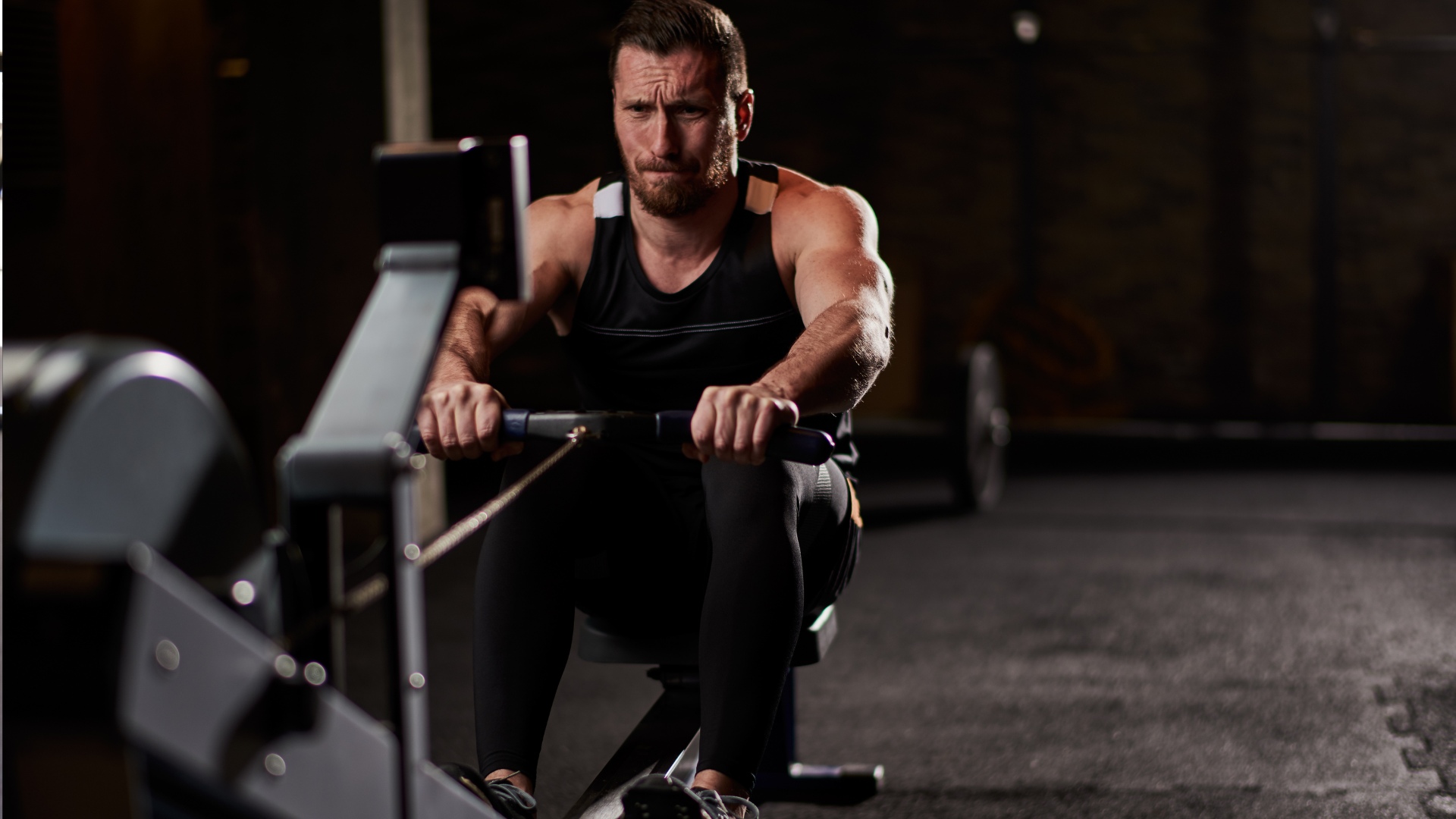

There’s no doubt you’ve probably seen the rowing machine at your local gym, but how often do you actually use it? If it’s rarely, or never, then perhaps this is your sign to start. This hybrid piece of kit not only provides plenty of health benefits, but it’ll deliver the best of both worlds too: strength and cardio in one.
Mastering the technique to make sure you avoid common rowing machine mistakes may take a couple of practices, but the beauty of the rower is that it’s for everyone. You don't have to be super fit to use it, or ridiculously strong, making it one of the most accessible pieces of fitness equipment. Here’s five reasons why you should add it into your training.
1. It strengthens your entire body

The rowing machine is a total body workout. In fact, according to the American Fitness Professionals Association 65-75% of each stroke is leg work, while the other 25-35% utilises your upper body. Plus it uses a whopping 86% of the muscles in your body. It's therefore an excellent choice for strengthening your entire body and improving muscle endurance.
2. It’s excellent for your cardiovascular fitness
Compound exercises, that recruit multiple muscles in your body, are also brilliant for your cardio fitness and the rower is no exception. Within just a couple of minutes of rowing you’ll find your breathing gets heavier and your heart rate elevates, so it’s brilliant for boosting overall heart health, your lungs, blood vessels and reducing the likelihood of heart disease.
3. It’s gentle on your joints
Running may be all the rage right now, but running outdoors or on the best treadmill puts a huge amount of stress on the joints, therefore if you just can’t get to grips with it, give rowing a go instead. While you can make rowing high-intensity (because you control the pace) it’s far more low-impact on your joints. In fact, one study found that three days of rowing over eight weeks reduced pain in the elbows, knees, lumbar and shoulder joints by 30%, so it's also a good option for all ages.

4. It can aid weight loss
A rowing machine is a great piece of kit that can aid weight loss as it works large muscle groups in the body, which requires more energy, resulting in a high calorie burn. According to Hyrdrow 30 minutes on the rower can burn up to 300 calories, although this will also be dependent on the intensity that you row. However, if you wanted to challenge yourself further, you can try doing a HIIT workout to boost your metabolism, so you continue burning calories once you've finished your workout. For example, 30 seconds of hard rowing, followed by 30 seconds of gentle rowing, and repeat this for 15 minutes.
5. It will chill you out
Once you've got into the swing of rowing the smooth pulling motion can actually be extremely therapeutic. Slowing things down on the rower and getting into a rhythm with each stroke can be soothing, not to mention it's great for boosting endorphins. Of course, it's not going to beat the benefits of rowing in nature, but if you want to leave the gym in a more of a zen-state, as opposed to buzzing off your head, the rower can be a relaxing finisher.
Get all the latest news, reviews, deals and buying guides on gorgeous tech, home and active products from the T3 experts

Bryony’s T3’s official ‘gym-bunny’ and Active Staff Writer, covering all things fitness. She is a certified personal trainer and also a part-time fitness instructor. In her spare time, you will find her in her natural habitat - the gym - where her style of training is a hybrid of bodybuilding and powerlifting. Bryony loves writing about accessible workouts, nutrition and testing innovative fitness products that help you reach your fitness goals and take your training to the next level.